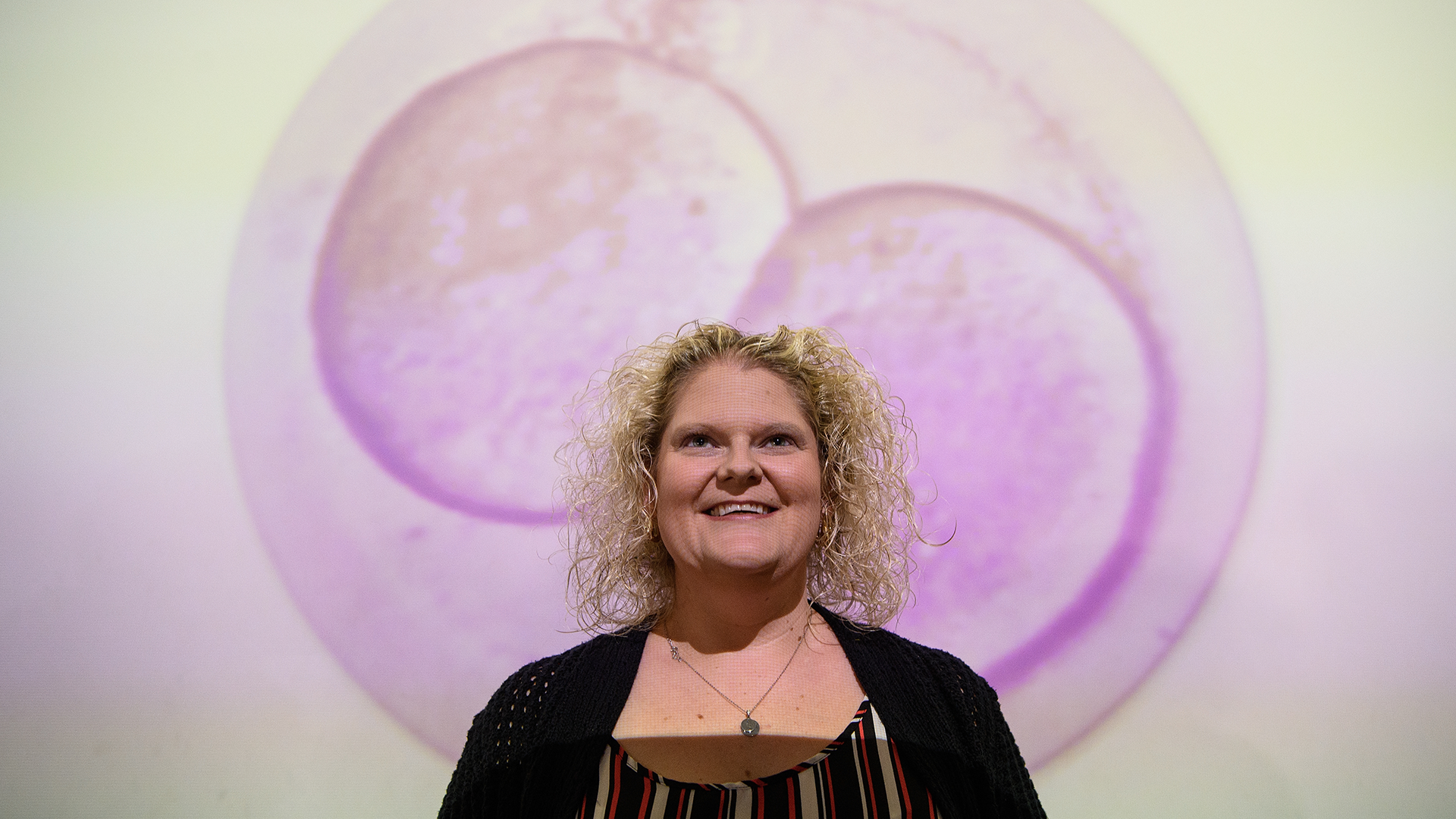
Getty Images
In vitro fertilisation
The birth of Louise Brown in 1978 was a watershed moment in medical history. Brown was the first baby born through in vitro fertilisation (IVF), an experimental treatment developed by British doctors Robert Edwards and Patrick Steptoe. IVF involves the removal of an egg from a woman’s ovaries for fertilisation in a laboratory. The embryo is then returned to the womb where it develops. Brown and Steptoe’s successful project to pioneer IVF was hard fought – they initially struggled for funding and faced public distrust and suspicion. Despite this, the doctors’ empathy for sufferers of infertility and passion for helping others drove them to great heights. As a result of their work, eight million babies worldwide have been born through IVF.
“IVF in its many forms brings hope for people in despair that they will never have a child.” – Louise Brown, the first IVF baby, writing in the Independent

